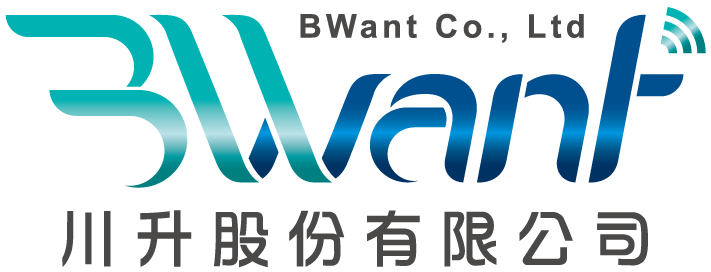Enterprises

BWant Co., Ltd
Official Website: https://www.bw-ant.com/

Company Description
BWant was established in early 2012 with the vision of "Make MIT antennas be famous in the world", and is committed to developing automatic antenna measurement systems and algorithms.
Over the years, BWant has adhered to the insistence of "Only when the measurement is accurate, can the R&D be done well", and customize the corresponding measurement system according to the needs of each customer. In addition, BWant also provides measurement services. Based on more than ten years of antenna research and development experience, our R&D team further combines with the measurement instruments of major international manufacturers to flexibly develop a series of measurement systems with intuitive operation interfaces for customers’diverse product testing needs, effectively assist customers in accelerating the development of various communication products.
In 2023, BWant had launched M-series OTA measurement systems, whether AiP, phones, NBs, or as large as the satellite/payload, BWant can provide the most appropriate solution.
BWant will be your best technology partner!
Company Research Topics and Matching Number
Practical Development of Electronic Steering Antennas (ESA)
Electronic beam steering antenna systems are a key technology in current satellite communication. However, due to the high precision and sensitivity requirements of satellite communication antenna systems, coupled with the prevalence of broadband satellite communication in the Ku and Ka frequency bands (with wavelengths less than 3cm), it is essential to have not only excellent antenna system design but also to perform calibration for PCB materials/processes, BFIC, and antenna interference. Finally, verification using a testing system and methods compliant with international standards is necessary to ensure that the antenna system meets industry application requirements. The project planning items are listed as follows:
• a. AiP (Antenna-in-Package) Antenna Board Probe Testing for High-Frequency Characteristics:
o Confirm the input impedance and radiation characteristics from the BFIC RF feed input end through probing and Over-The-Air (OTA) measurements.
• b. Phased Array Antenna Single Element Calibration:
o Measure the amplitude and phase of each antenna path.
o Combine the adjustable range of the BFIC and the adjustable range of the antenna design.
o Calculate the optimal calibration parameters.
• c. OTA System for Radiation Performance Verification of Electronic Beam Steering Antenna Systems:
o Use an OTA system to verify the radiation performance of the electronic beam steering antenna system.
School representatives participating in the company’s Enterprises

